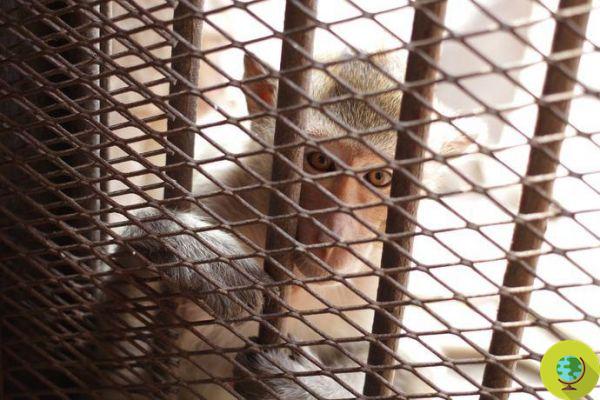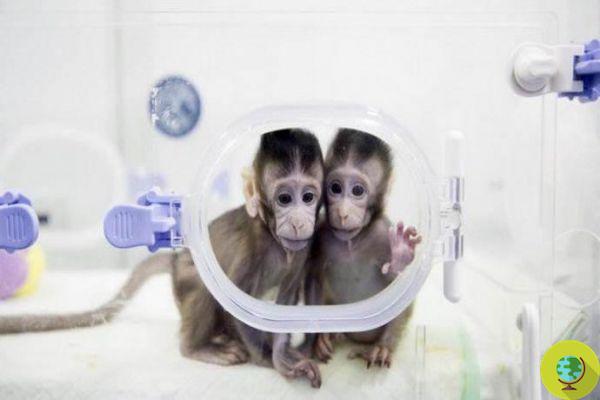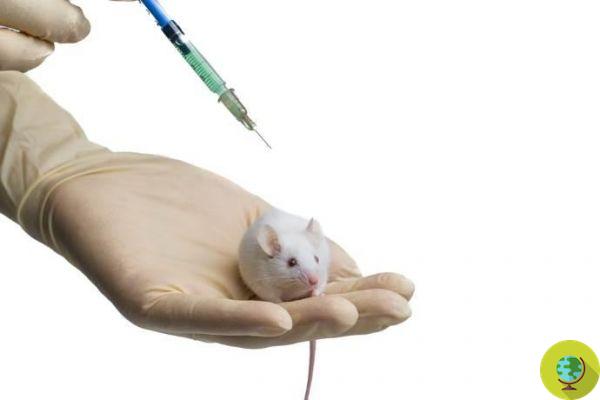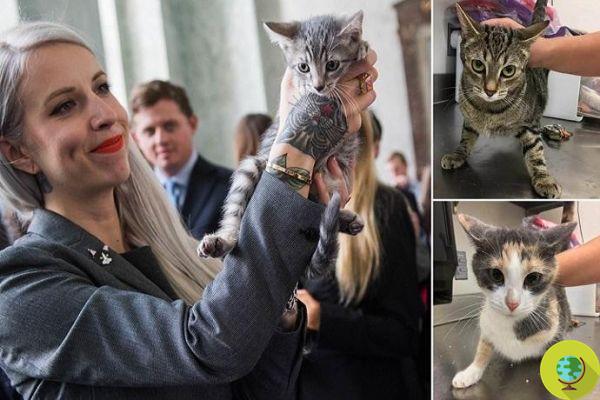Today, 24 April, the World Day for laboratory animals, is celebrated to commemorate the silent death of poor creatures killed in the name of medical and cosmetic research every year.
He is about to end up run over, his mother saves himEstablished by the National Anti-Vivisection Society of London in 1979 and recognized by the United Nations Organization (UN), the World day for laboratory animals it is an invitation to reflect on the fate of the millions of animals still used and killed in the name of medical and cosmetic research.
The practice of animal experiments in laboratories is still very widespread. Millions of animals suffer each year and are employed in research and testing that culminate in their death.
More than 40 years have passed since the officialization of this day and we want to say once again "no": no to the unjust suffering of defenseless animals sacrificed in the name of science and encourage more ethical research by remembering 5 stories that should never be repeated!
Index
The genetically modified monkey brain

A team of scientists in China has genetically modified the brains of 11 transgenic macaques to force their evolution and try to increase their intelligence to resemble the human brain.
According to the results, published in the National Science Review, genetically engineered monkeys performed better a memory test involving color and block images than non-transgenic ones.
To learn more: Scientists genetically engineered monkeys to make their brains more like humans
5 monkeys cloned and genetically engineered to be sleepless

Five monkeys were genetically engineered to study diseases such as insomnia and hormonal imbalances related to different sleep patterns, anxiety, depression and schizophrenia-like behaviors. Following the various experiments, the monkeys inherited the circadian rhythm disorder.
To learn more: These 5 monkeys were cloned and genetically engineered to be sleepless
Beagle, guinea pigs for a new pesticide

Shut in cages, in the cold, without freedom of movement 36 beagles at Dow AgroSciences, a Michigan laboratory, were forced to act as guinea pigs for the experimentation of a new pesticide, on the market since 2023. Their task was to test its toxicity.
To learn more: The beagles on which they were testing a new pesticide are safe!
Mice and botox, what happens to look "beautiful"

Thousands of mice and rats are sacrificed every year for tests on botulinum, used in cosmetics but also in the health sector. According to the European Coalition against Animal Experimentation (ECEAE), about 400 animals every year undergo the administration of botox to verify its toxicity and efficacy.
To learn more: What no one says about the obscure "secret" of botox
Experiments on cats from Asia to cure toxoplasmosis

Since 1982 in the USA, the USDA research department has infected cats and dogs with toxoplasmosis (and then was forced to kill them) with the aim of fighting the parasite Toxoplasma gondii and finding a cure for the disease. Hundreds of dogs and cats have been bought from the Asian meat markets and imported to the US to carry out cruel and useless tests (to the point of pushing them to cannibalism).
To learn more: US ends atrocious cat experiments. Killed and driven to cannibalism to study toxo


























